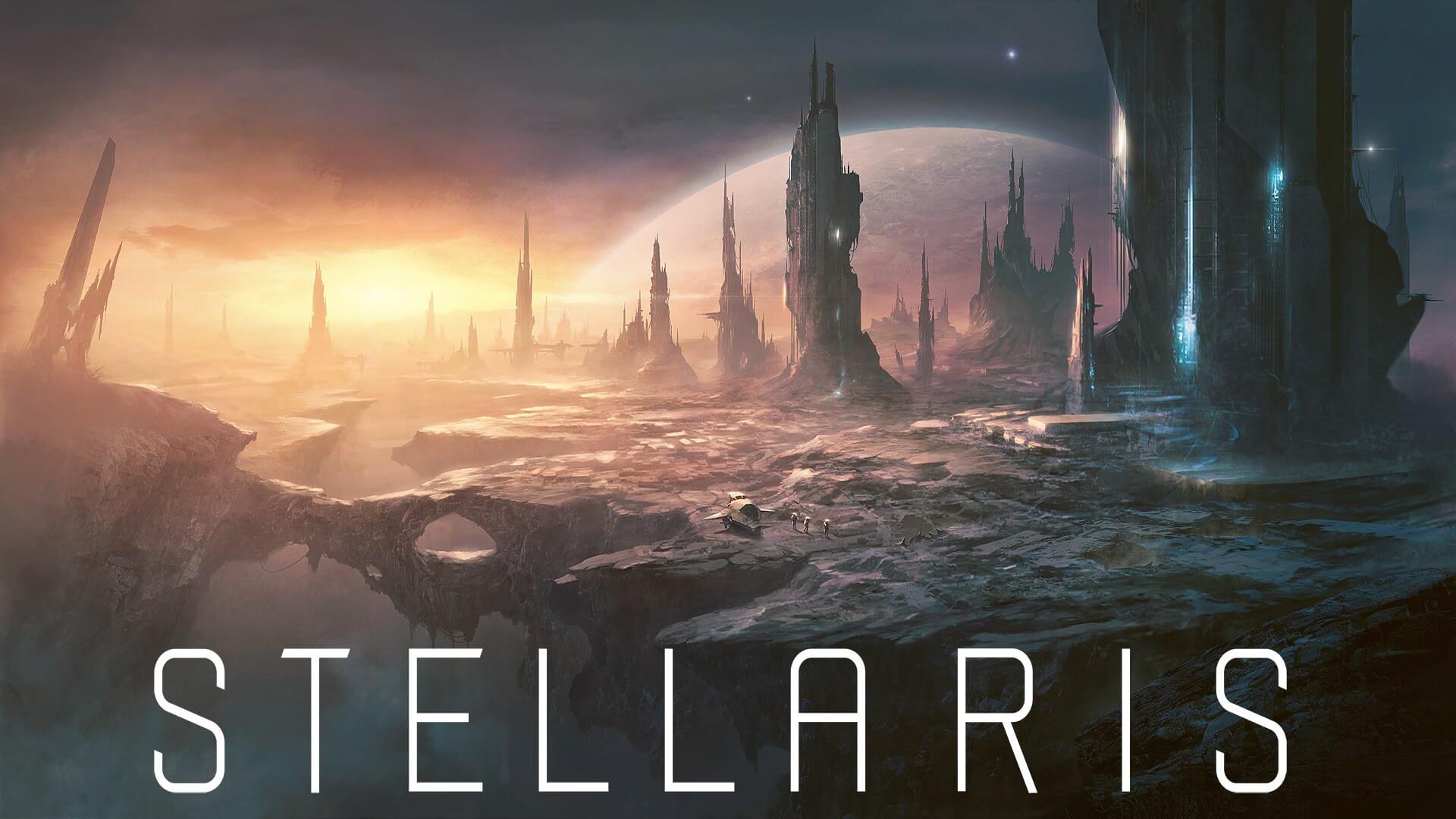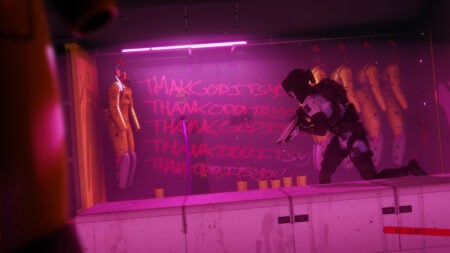In Stellaris there is only one way to go beyond infinity: it’s a little thing called mods.
This week — one of our final weeks of Dev Diaries — LordMune takes us on a modular trip through event scripting, anomalies, and the relative ease of modifying Stellaris.
Like other games in the Paradox Grand Strategy Library, Stellaris is easily “mod-able” from the notepad feature on your computer. To make the task of modding even easier, Hearts of Iron IV has lent Stellaris it’s staggeringly simple scripted chains and events systems. ( IF you are Code averse, look away now)
For example, what was once written:
from = {
owner = {
establish_communications = root
}
}
can now be rendered as the much more digestible
from.owner = { establish_communications = root }
The next area for future modders is the anomaly system, and it’s very easy to set up your own! Let’s check it out.
An anomaly is made up of a minimum of four components; the anomaly category, the anomaly, the event and localization.
- \Stellaris\common\anomalies\00_anomaly_categories.txt
- \Stellaris\common\anomalies\00_anomalies.txt
- \Stellaris\events\00_anomaly_events.txt
- \Stellaris\localisation\events_l_english.yml
Here’s a sequence of four pictures that show the above modding process in action:
After you’ve finished your new mod, you will be able to see your hard work and dedication on the big screen:
That wasn’t so bad. Right? In reality, Paradox has given players an ample amount of breathing room and an excellent learning space for the modding community. Within the parameters of the game, modders will be able to extend the life of Stellaris indefinitely.
What do you think of the modding capabilities? Let us know in the comments below.







